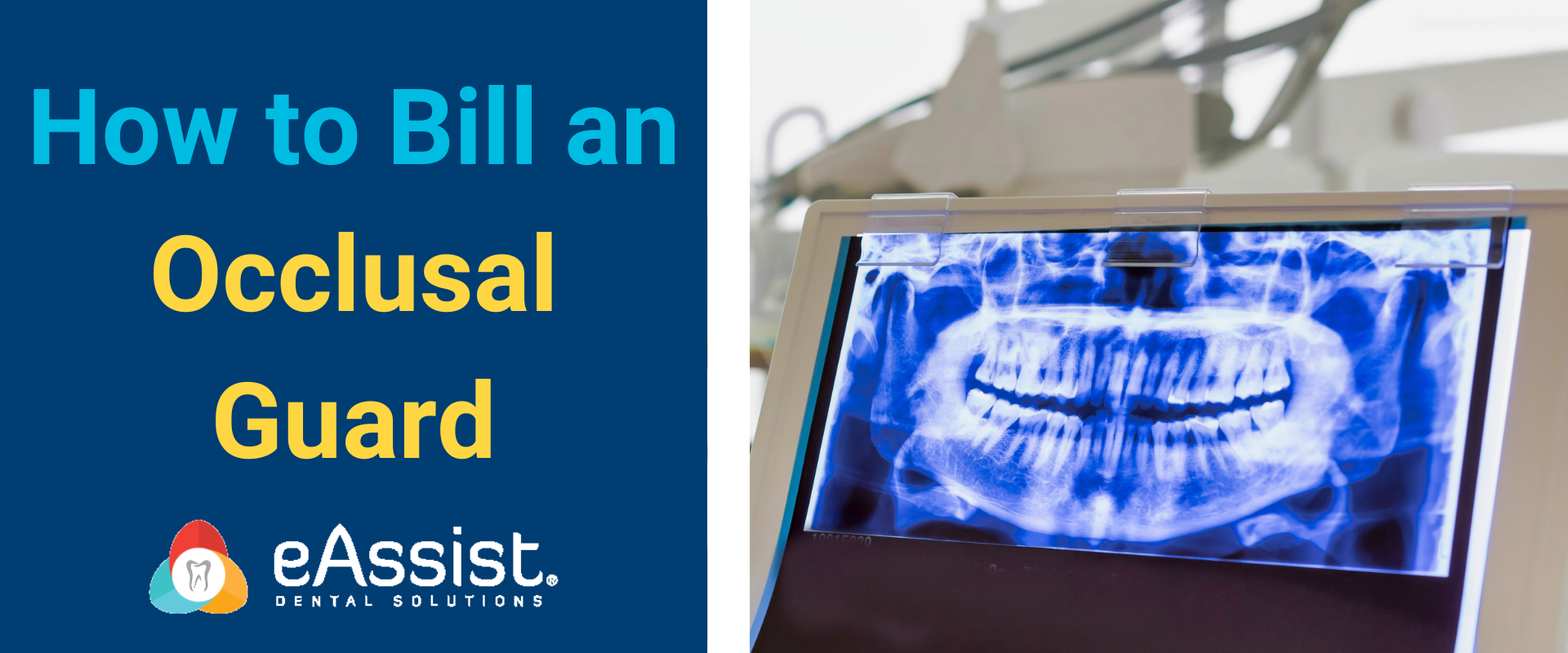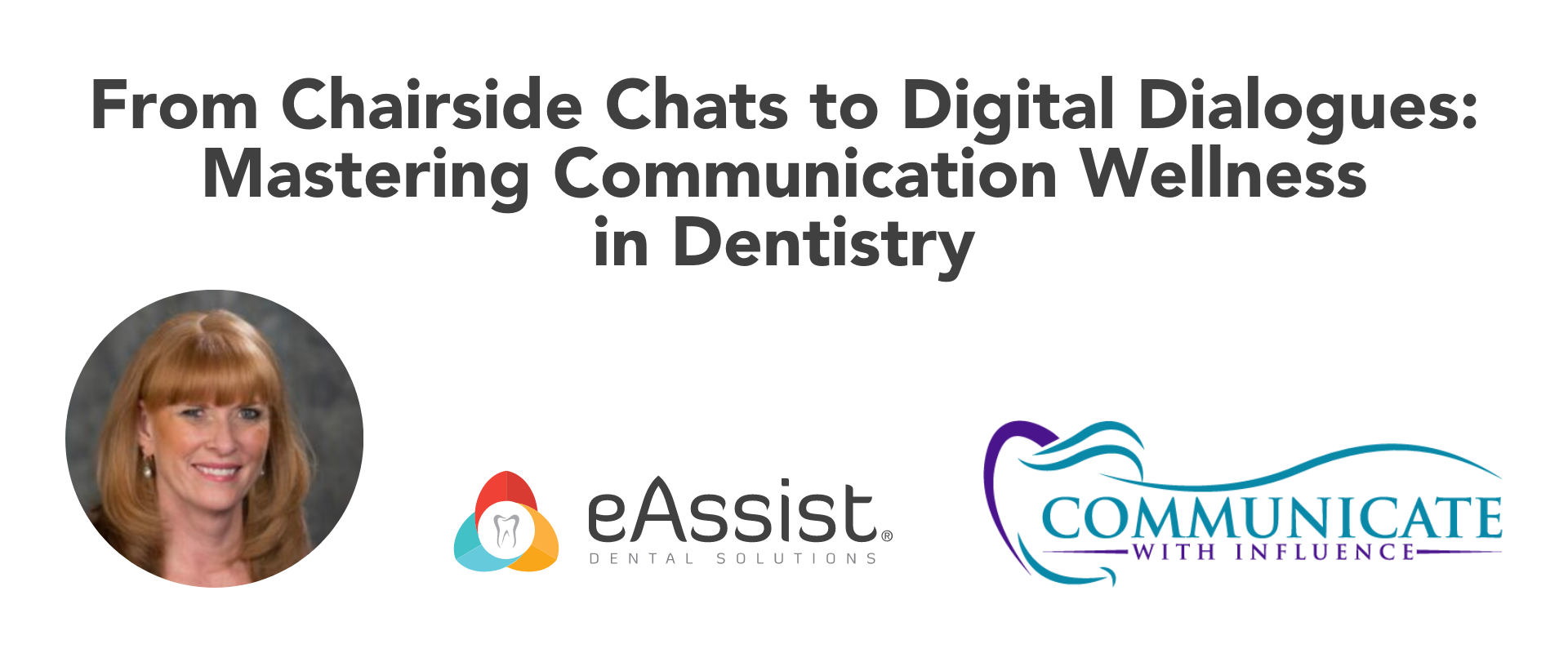Cash flow is one of the most stressful aspects in business across all industries. For some, it can mean the difference between success and failure. A dental practice that thrives and grows is one that has figured out how to effectively manage cash flow using the appropriate expense data as well as being able to forecast future growth. Without managing cash flow effectively, your profits and investments will stagnate. Doctors need to pay a great deal of attention to cash flow, but it doesn’t have to be difficult or complicated to come up with a plan. Here are a handful of tips to get you started creating a better dental practice cash flow projection:
Start by Reducing Your Overhead
The best way to run a lean business is to keep overhead as low as possible. All in all, however, many practice managers and dental accountants tend to forget about just how important it is to place focus on this aspect of day-to-day business, which can inevitably result in unexpected cash flow issues. Reducing your overhead is something that should consistently stay top of mind, regardless of how well your practice is operating at the moment:
- Negotiate with vendors to lower prices on bulk or continuous purchases
- Create low-cost goals such as reducing paper waste
- Outsource non-core functions such as dental billing, accounting, or marketing
Properly recognizing all areas of overhead is also necessary for understanding where your expenses may be going:
- Commercial rent or mortgage
- Staff salaries and benefits
- Employee, malpractice and other insurances
Most of overhead costs are easily negotiable with the proper outlook. Your lease or mortgage on a building may not be as malleable as your staff salaries. Consider the benefits of outsourcing your dental billing or accounting to an outside provider to limit salary caps and benefits. As well as this, speaking with your mandatory insurance providers about better rates or negotiating with another may save you thousands a year in premiums and up-front costs.
How profitable is owning a dental practice?
Numerous economic sources indicate that the typical gross profit margin for a dental practice owner is anywhere from 30-40%. With this in mind, do you know how close your current numbers are to those percentages? Taking into account the data you already have while also being able to forecast profit expectations is essential to staying cash flow positive. How exactly can you get started improving cash flow for your dental practice? First, you need to be open to change when it comes to tracking and forecasting expenses. Based on the overhead reduction tips previously mentioned, ask yourself these questions:
- How often am I negotiating with vendors or my lease?
- Are we buying too many supplies at one time to lay dormant for months?
- Are my accounts receivables being worked on a daily basis?
Manage your collection ratio
Your dental insurance billing directly affects your cash flow. Insurance reimbursements provide the bulk of a dentist’s profits, and by letting your accounts lapse for 30-90 days or more, you lose out on a steady stream of revenue that can balloon to hundreds of thousands of dollars. For most practices, an ideal collection ratio is 98% of adjusted production, with 85 to 90% of payments received within 60 days. The standard benchmark for accounts receivable should be no more than a month’s production.
Request payment in full for each visit
The number of past-due patient statements can be greatly reduced by implementing a formal financial policy. One of the biggest mistakes that dental practices make is one that typically means very well. Extending payment terms out 30-60 days or allowing patients to be billed after the fact can certainly be great for customer service, but it does little in terms of helping out your practice’s cash flow. Ideally, you should plan to collect payment from your patients at the end of each visit, and in full. There may be relationships in place that cause reason for an exception to this but making it the rule can help to alleviate cash flow issues to a large degree. Ways to meet and exceed patient payment percentage goals include:
- Utilizing effective insurance verification services to preauthorize any upcoming treatments and verify coverage
- Communicate your payment policy effectively in writing before and after treatment
- Ensure that appointment reminders offer insight into upcoming treatments your patients may not have prepared for over the last few months
The correct way to fully capitalize on patient payments is to communicate their obligations to pay in a clear, and concise way. We must also consider our responsibility as a service provider to offer clear and accurate treatment stages as well as verify benefits coverage.
Implement quarterly dental practice cash flow projections
If you do just one thing in an attempt to get a stronger hold on your practice’s cash flow, it should be to perform regular quarterly forecasts. This is especially important for younger practices that haven’t necessarily gotten their feet under themselves quite yet, as not being prepared for the costs associated with growth can delay success. Even if you know how much money needs to go into the business up-front, the key to managing cash flow comes from knowing when you’ll eventually see money coming back.
What is a good EBITDA for a dental practice?
According to Dental Economics, understanding the value and total cash flow of your practice is best shown in your EBITDA (Expenses Before Interest Taxes Depreciation and Amortization) as 30-35% of collected revenues. This is measured by taking your total revenue and subtracting all of your operating expenses, without including amortization, taxes, depreciation, and interest. Of course, the lower your operating expenses, the higher this percentage number will be. Your EBITDA gives you an achievable goal in consistently lowering expenses to increase revenue, which is especially important if you are an organization that values consistency.
Increase your dental practice cash flow with outsourcing
For small practices, managing cash flow can be as easy as projecting via pen and paper. Larger practices may want to create a more thorough cash flow forecast, perhaps stretching into the next year rather than sticking to quarterly estimations. Your practice may need help in managing collections, patient statements, and accounting. eAssist Dental Solutions provides a dentist-to-dentist understanding of how your dental practice cash flow projection should look. For the nation’s #1 dental billing platform, cash flow issues don’t have to get in the way of growing your practice. Schedule a consultation today to learn about how outsourcing and cash flow go hand in hand with profitability and peace of mind for your practice.











0 Comments